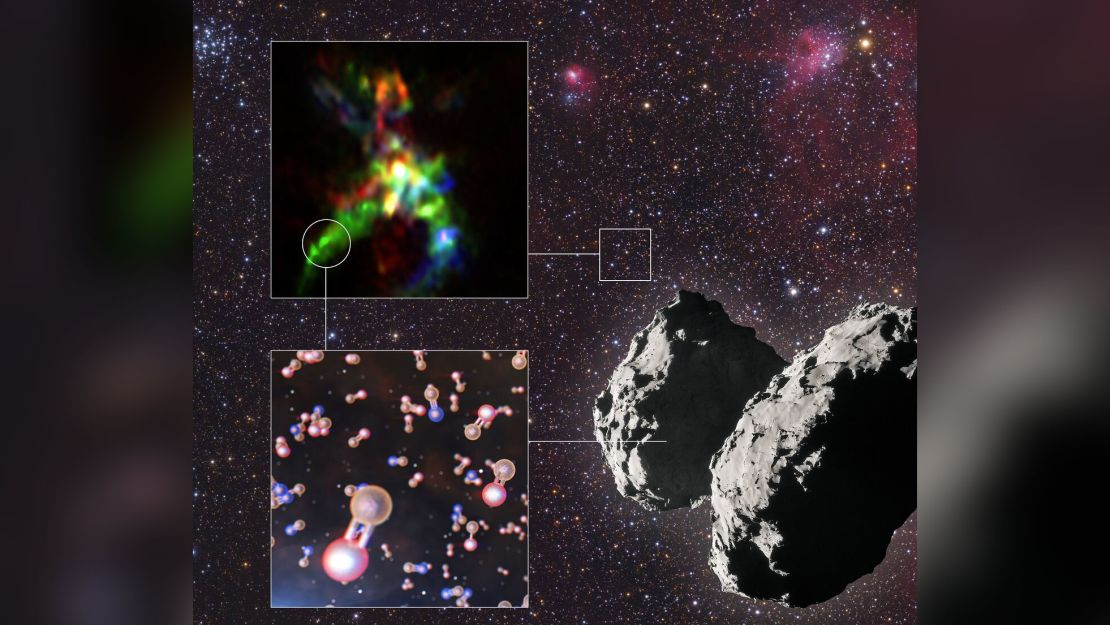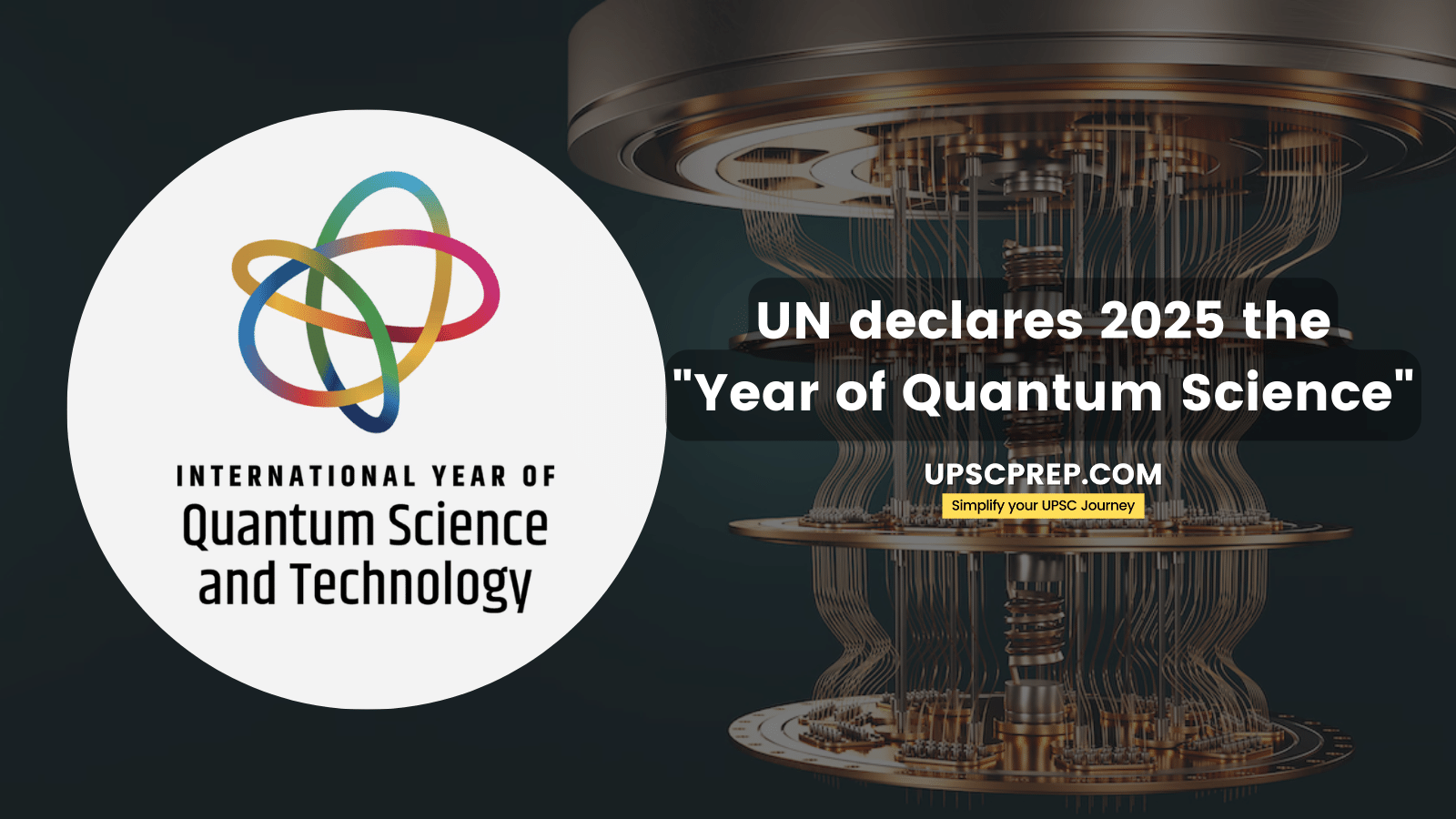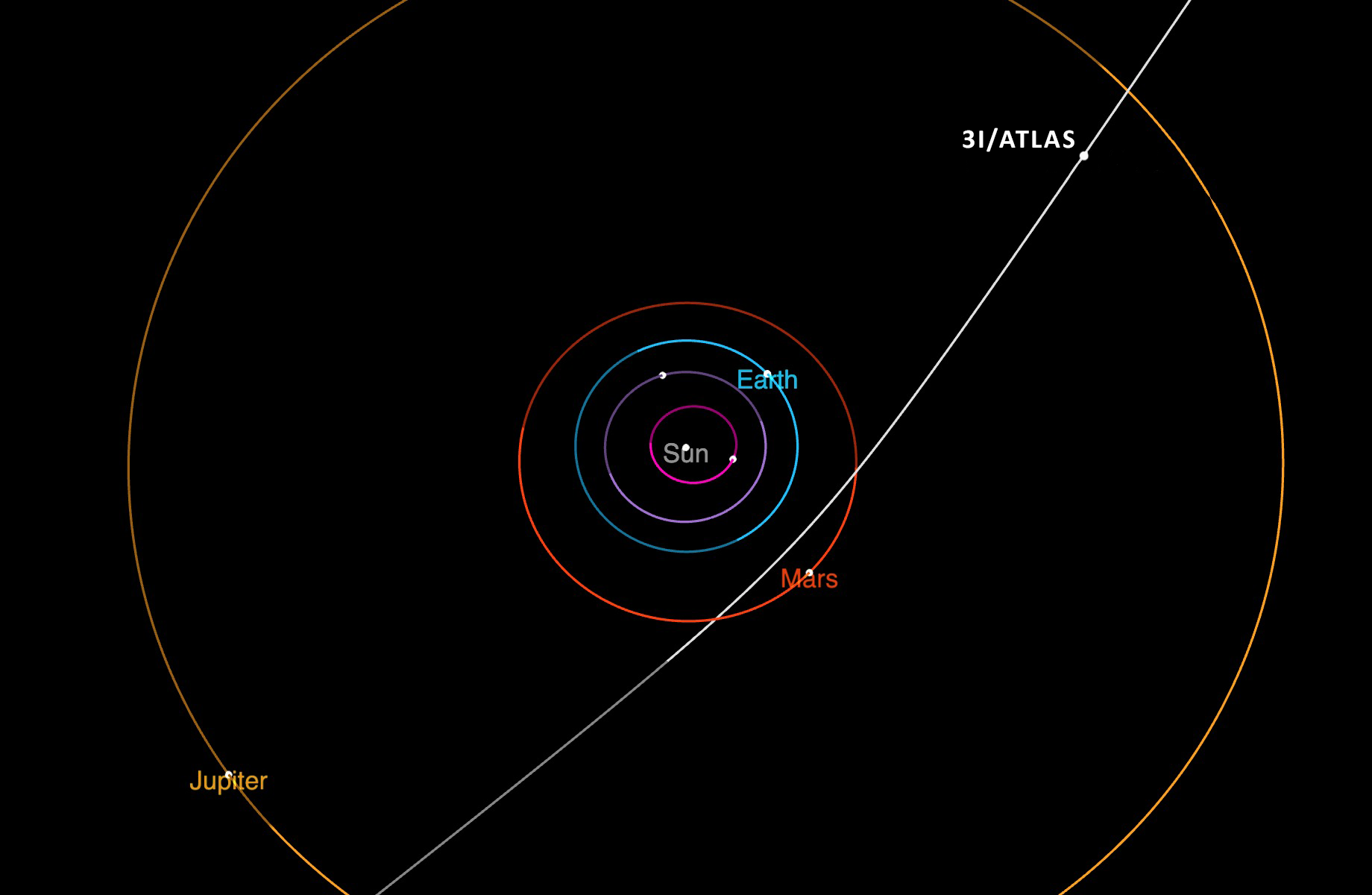
Astronomers Trace Rare Phosphorus Rich Asteroid, Unlocking Clues to Life’s Cosmic Origins
In a breakthrough that may reshape scientific understanding of life's chemical precursors in space, astronomers have identified and traced a rare phosphorus rich asteroid orbiting in the outer regions of the main asteroid belt between Mars and Jupiter. The discovery, confirmed through combined data from NASA’s Infrared Telescope Facility (IRTF) in Hawaii and the European Southern Observatory’s Very Large Telescope (VLT) in Chile, marks the first direct detection of an asteroid with concentrated phosphorus compounds on its surface.
Phosphorus is one of the six key elements essential for life as we know it integral to DNA, RNA, ATP, and cellular membranes. However, in the context of planetary science, phosphorus has remained elusive. While traces have been found in comets and some meteorites, this is the first time researchers have been able to identify a phosphorus dense body in situ within the asteroid belt.
The Asteroid Designated 2025 PX42
The object, temporarily named 2025 PX42, was initially flagged by a sky survey tracking unusual light signatures. Spectral analysis revealed a surprisingly strong signature of phosphates and reduced phosphorus compounds, including schreibersite, a rare iron nickel phosphide mineral associated with meteorites that may have seeded early Earth with bioavailable phosphorus.
“This is a game changing find,” said Dr. Lucia Romero, lead planetary chemist at the Max Planck Institute for Solar System Research. “Phosphorus is notoriously scarce in space. To find a whole asteroid enriched in it is like finding a needle in the cosmic haystack.”
A Window Into the Early Solar System
The asteroid is estimated to be roughly 19 kilometers in diameter and is located in a relatively stable orbit near the outer belt, not far from the Themis family of asteroids. Its composition suggests it may be a fragment of a much larger differentiated body that once had hydrothermal activity a condition that can concentrate phosphorus into soluble and reactive forms.
This adds to the growing body of evidence that asteroids may have played a central role in delivering life essential elements to early Earth. If 2025 PX42 shares a similar history with other carbonaceous asteroids like Bennu or Ryugu, it could help confirm theories that Earth’s biosphere was chemically enriched by impacts during the Late Heavy Bombardment period.
“This is exactly the kind of object we’d want to study up close,” said Dr. Alyssa Tan, mission architect at NASA Goddard. “It’s a missing puzzle piece in our quest to understand how prebiotic chemistry started on Earth and possibly elsewhere.”
Mission Interest Grows
Following the discovery, space agencies have begun evaluating potential mission scenarios for future sample return or flyby missions. Researchers have proposed a candidate concept, PhosProspect, which could launch in the early 2030s to perform a robotic survey and bring samples back to Earth for detailed isotopic analysis.
NASA and ESA are already collaborating on a joint proposal under the COSPAR Planetary Protection Framework, emphasizing the importance of retrieving pristine material to understand phosphorus' isotopic ratios and bonding states key indicators of its potential bioavailability.
Broader Implications for Astrobiology
Beyond its planetary science implications, the discovery of 2025 PX42 may influence the way scientists approach the search for life elsewhere in the universe. Astrobiologists are increasingly looking at elemental bio signatures as markers of habitability, and phosphorus scarcity has been a limiting factor in assessing exoplanet potential.
“If phosphorus rich bodies like PX42 are more common than we thought, that means the building blocks of life could be widespread not just on Earth, but possibly throughout the Milky Way,” noted Dr. Erin Khatri, astrobiologist at the SETI Institute.
The phosphorus asteroid also reinforces the importance of multi spectral surveys and coordinated global observation networks in identifying chemically exotic bodies in the solar system. The find may prompt a reevaluation of asteroid classification systems, integrating biochemical potential as a core factor.
A Step Closer to Understanding Our Origins
For now, 2025 PX42 continues its silent orbit, but its significance is being loudly echoed in scientific circles. From planetary formation to the origins of biology, this phosphorus rich rock from space offers a rare window into the elemental forces that shaped our world.
With the possibility of future exploration and sample retrieval on the horizon, scientists hope this discovery will unlock even deeper insights into how life began and if it might have started elsewhere under similar cosmic conditions.
Related Post
Popular News
Subscribe To Our Newsletter
No spam, notifications only about new products, updates.












